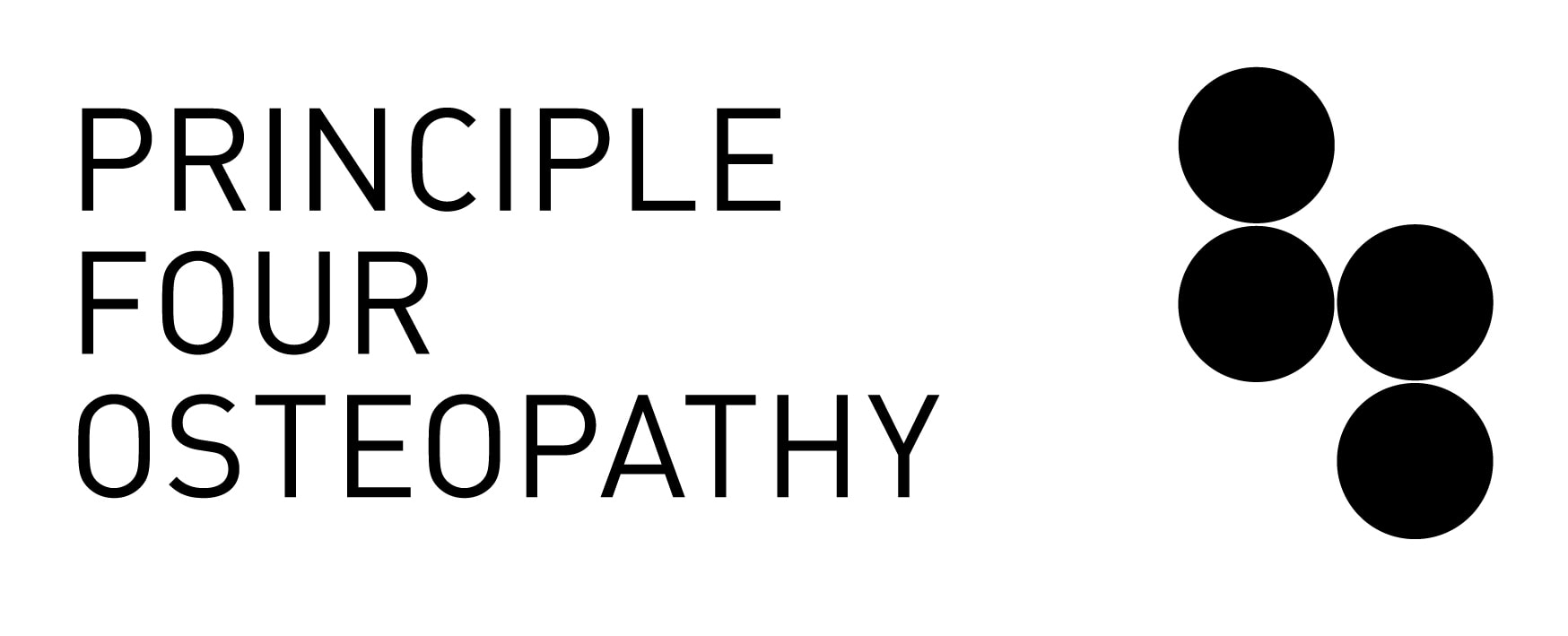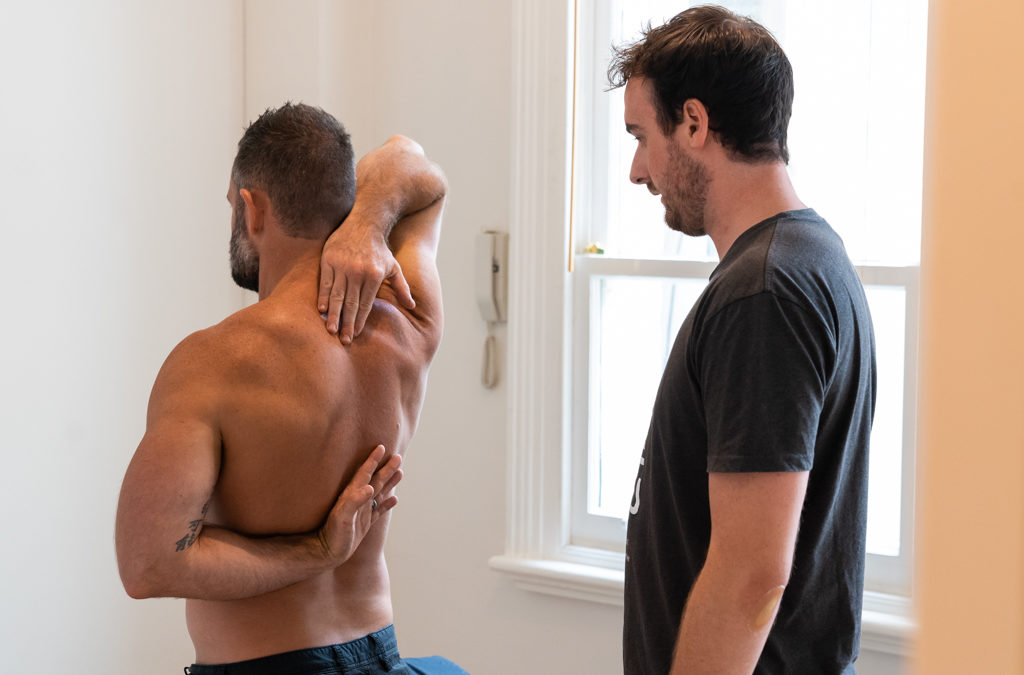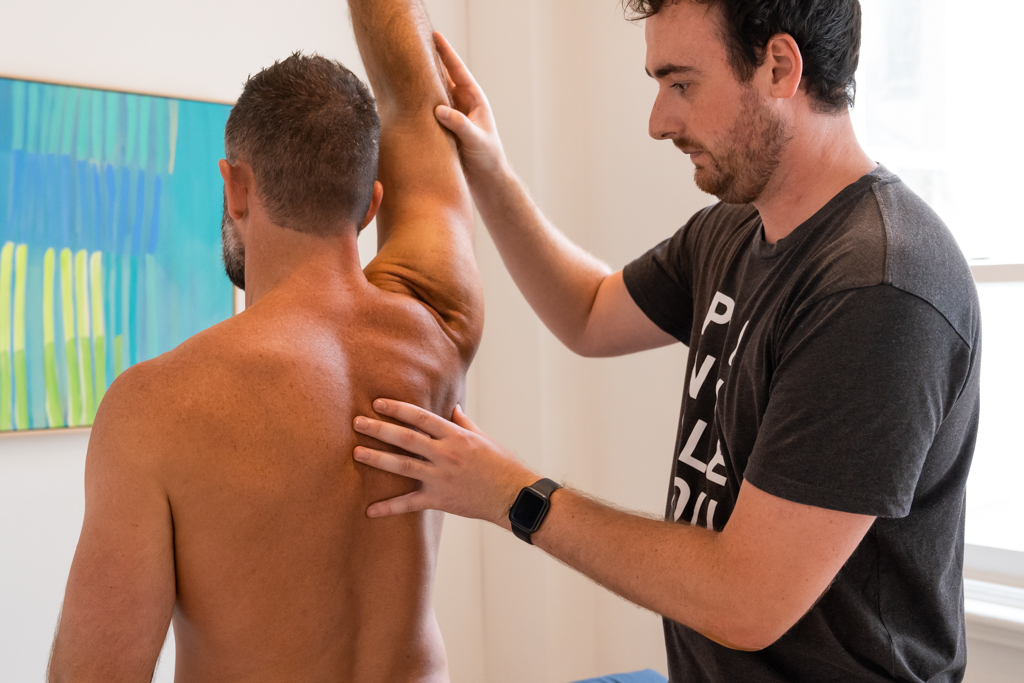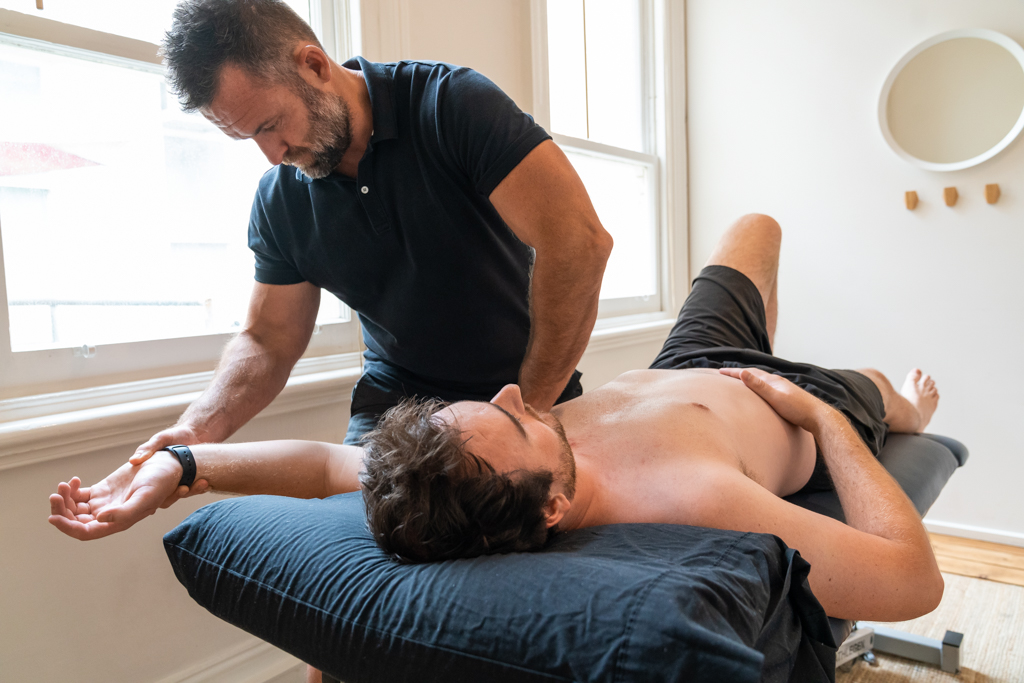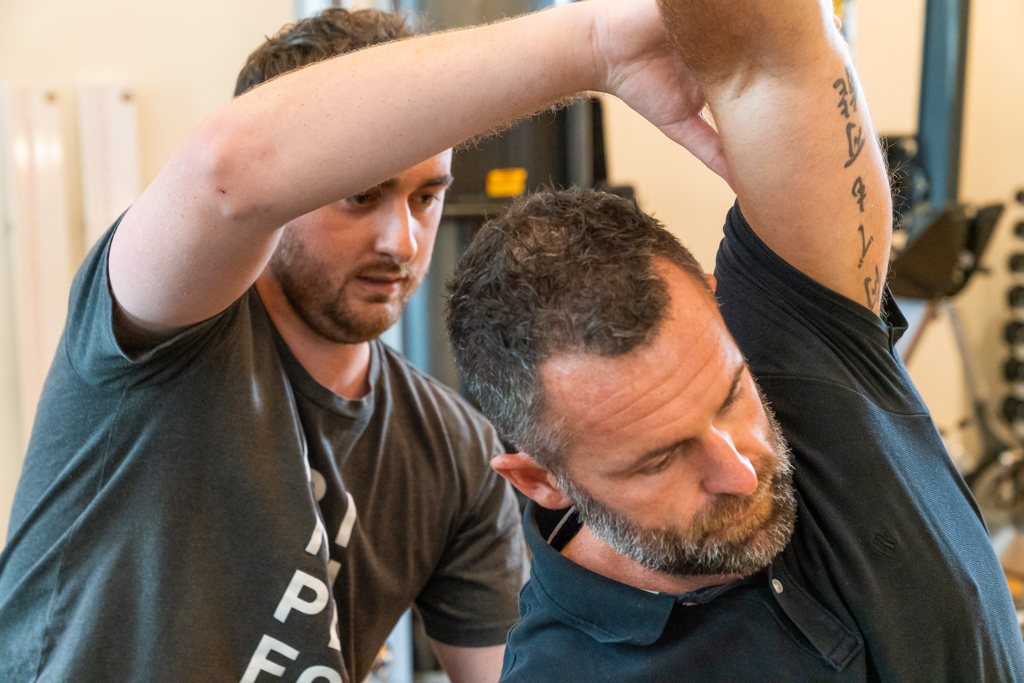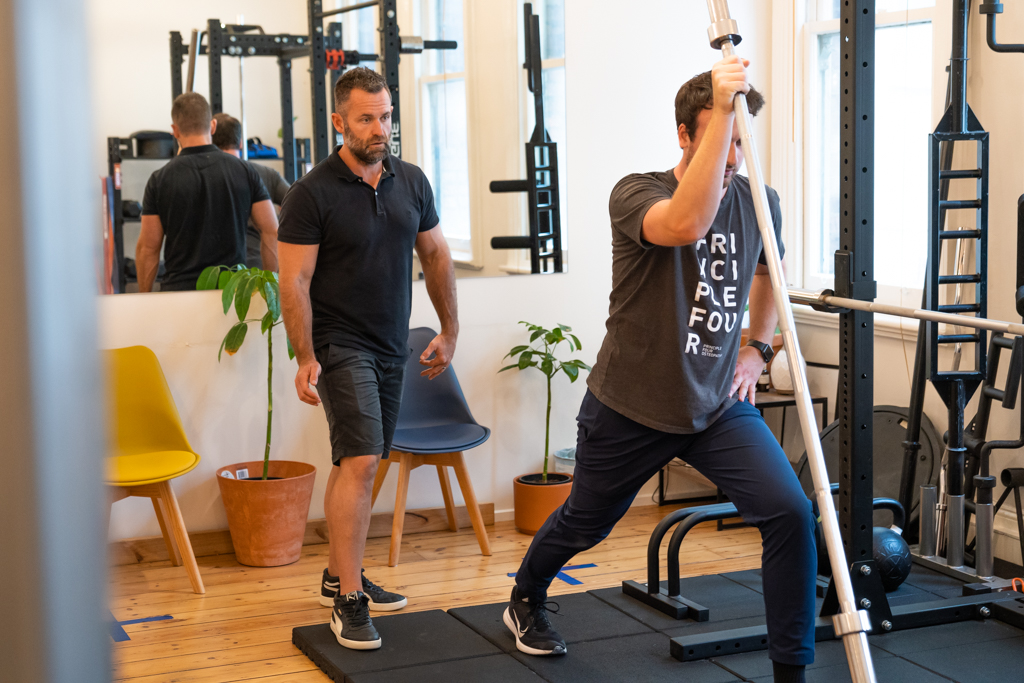Can Osteopathy Help With Subacromial Pain Syndrome?
Table of Contents
- Introduction
- What Is Subacromial Pain Syndrome (SAPS)? 2.1 Signs and Symptoms 2.2 Causes and Contributing Factors
- Osteopathic Management of SAPS 3.1 Manual Therapy Techniques 3.2 Exercise Rehabilitation and Movement Correction 3.3 Strength and Conditioning Principles
- The Evidence for Treatment Approaches
- A Holistic and Individualised Approach
- Why Choose Principle Four Osteopathy in Melbourne CBD?
- FAQs About Subacromial Pain and Osteopathy 7.1 Can osteopaths diagnose shoulder impingement? 7.2 Will I need imaging before treatment? 7.3 How long does recovery take? 7.4 Can osteopathy help if I’ve had shoulder pain for months?
- Author
Introduction
Subacromial pain syndrome (SAPS), often referred to as shoulder impingement, is one of the most common causes of shoulder discomfort—particularly with overhead movement. It affects both active individuals and office-based workers, leading to pain, limited function, and reduced quality of life.
At Principle Four Osteopathy, located in the heart of Melbourne CBD, our experienced osteopaths provide evidence-based care for individuals suffering from SAPS. We combine manual therapy, exercise rehabilitation, strength and conditioning, and ergonomic support to help clients regain shoulder function and reduce pain.
What Is Subacromial Pain Syndrome (SAPS)?
Subacromial pain syndrome refers to irritation of the structures that pass under the acromion (a bony part of the shoulder blade). These include the rotator cuff tendons and subacromial bursa. Pain is typically aggravated by overhead activity or repetitive shoulder use.
2.1 Signs and Symptoms
- Pain with lifting the arm overhead
- Painful arc of motion between 60–120 degrees
- Night pain, especially when lying on the affected shoulder
- Weakness or stiffness in the shoulder
2.2 Causes and Contributing Factors
- Rotator cuff overuse or strain
- Poor posture and scapular positioning
- Repetitive overhead activity
- Muscle imbalance or weakness
- Previous shoulder injury or instability
Osteopathic Management of SAPS
3.1 Manual Therapy Techniques
Osteopaths use hands-on techniques to reduce pain, improve joint mobility, and restore muscle balance. Common techniques include:
- Soft tissue massage to deltoid, rotator cuff, and scapular muscles
- Mobilisation of the glenohumeral, scapulothoracic, and thoracic joints
- Myofascial release for shoulder and upper back tension
- Dry needling (where appropriate)
3.2 Exercise Rehabilitation and Movement Correction
Exercise is a key component in managing SAPS. Based on current evidence, we focus on:
- Scapular stabilisation exercises
- Rotator cuff loading (isometric and isotonic)
- Thoracic mobility drills
- Postural retraining and workspace ergonomics
3.3 Strength and Conditioning Principles
At Principle Four, our osteopaths integrate strength training into rehabilitation programs. This includes:
- Progressive shoulder strength loading
- Addressing kinetic chain (hip, trunk, and upper back) contributions
- Return-to-sport or activity-specific planning
The Evidence for Treatment Approaches
Research supports the use of conservative treatment—including manual therapy and exercise—for managing subacromial pain syndrome.
A systematic review by Steuri et al. (2017) found exercise therapy to be effective in reducing pain and improving function in individuals with SAPS. Manual therapy can enhance these outcomes by addressing joint and soft tissue restrictions, as supported by Cools et al. (2015).
References:
- Steuri, R. et al. (2017). Conservative treatment of subacromial shoulder pain: a systematic review. British Journal of Sports Medicine.
- Cools, A. M., et al. (2015). Rehabilitation of scapular dyskinesis: from the office worker to the elite overhead athlete. British Journal of Sports Medicine.
A Holistic and Individualised Approach
At Principle Four Osteopathy, we understand that each shoulder injury is unique. Our approach:
- Combines hands-on care with structured rehab
- Integrates workplace and ergonomic advice
- Addresses postural, movement, and lifestyle factors
- Aligns with your goals, whether returning to work, sport, or everyday function
We also work closely with GPs, sports physicians, and imaging providers when referrals or collaborative care are needed.
Why Choose Principle Four Osteopathy in Melbourne CBD?
Our clinic, located at Level 4, 178 Collins Street, offers:
- Expert osteopathic care from a highly experienced team
- Advanced rehab facilities for tailored exercise programs
- A strong focus on evidence-based practice
- Integration of ergonomic and workplace health services
Whether you’re an office worker dealing with posture-related pain or an athlete recovering from overhead strain, we’re here to support you with long-term, sustainable recovery strategies.
FAQs About Subacromial Pain and Osteopathy
Can osteopaths diagnose shoulder impingement?
Yes. Osteopaths are trained to assess and diagnose musculoskeletal injuries, including SAPS. We may refer for imaging if necessary.
Will I need imaging before treatment?
Not always. Clinical tests during your consultation often provide enough information to begin treatment. Imaging may be used if symptoms are persistent or severe.
How long does recovery take?
This varies depending on the severity and duration of symptoms. Many clients see improvement within 4–8 weeks with consistent care.
Can osteopathy help if I’ve had shoulder pain for months?
Absolutely. Chronic cases often benefit from a structured rehab and strength plan, especially when combined with manual therapy and lifestyle modification.
Author
Heath Williams
Principal Osteopath | Occupational Health Consultant | Strength Coach
Heath is the founder of Principle Four Osteopathy. He specialises in treating workplace-related and athletic shoulder conditions using a blend of manual therapy, clinical rehab, and ergonomic strategy.
Internal Links:
